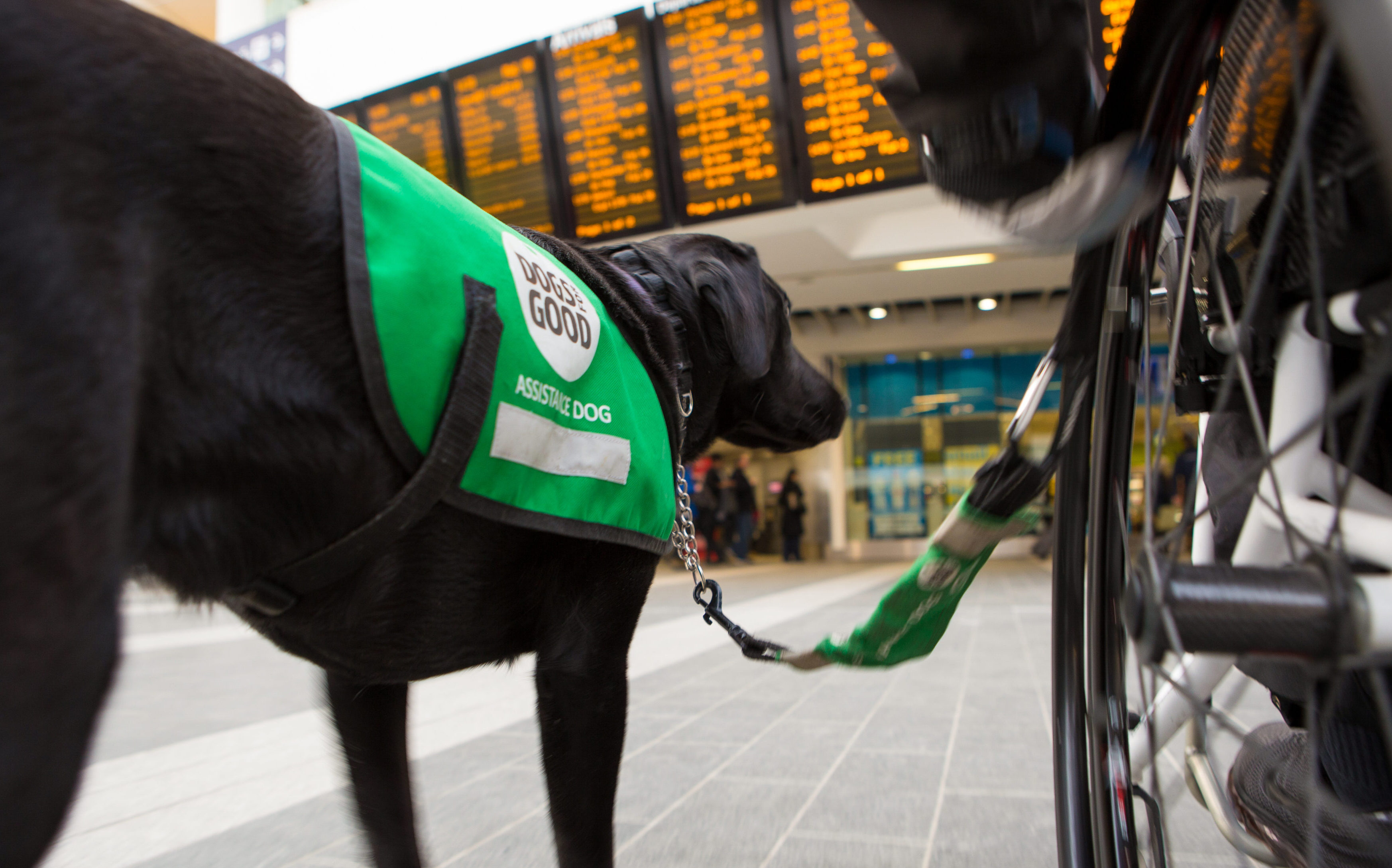Photography Top Tips: how to compose a good photo

I’m often asked to recommend a good camera to friends and family, and I always say the same, it’s not all about the camera! Whilst that may sound like a brush off, it’s true. You wouldn’t expect restaurant standard food just because someone has a top-of-the-range oven would you?! Even if you have the latest high spec camera, if you don’t know how to use it, or how to compose a good photo, it’s going to be a challenge to produce great images. That takes practice.
So, before you go out and spend lots of money on a new camera why not book a photography workshop? You will be amazed at what you can achieve on your mobile phone. If you then decide you want to upgrade your kit, you should feel way more confident.
To kick things off we’re looking at composition; what it takes to compose a good photo. Once you’ve practised these we’ll look at a few more related tips next time.
Orientation
Your first decision is which way to hold your camera. Are you shooting in portrait (vertically) or landscape (horizontally)? Think about what would work best for the scene in front of you and what you’re trying to capture. Consider what you want to use the photo for. Are you working to a brief? Is it for a front cover of a magazine or for social media? Thinking about what you want the photo to say at the beginning of the process will help you get the best results. As a general rule, I shoot most scenes both ways to give me options afterwards on how the image can be used.


Framing
The second decision is how to align your subject or scene within the viewfinder. A good suggestion for any photo is to use the rule of thirds. Imagine your photo split into thirds, horizontally and vertically, like the photos below, (many cameras/smartphones even have grids on the viewfinder these days to help with precisely this.) Don’t place your subject in the middle of the frame, try for either the left or right, top or bottom third, and have them looking into the frame.
This also works for horizons. You should never put your horizon in the middle of the photo. For example, look at the middle photo below, the bottom of the mountain is just kissing that first line. The real sweet spots are the points where the lines meet, as you will see with the man picking tea.



Cropping
What do you want to include in your photo and just as importantly exclude? Check the four corners of your viewfinder/screen; is there an edge of something to the side, a building, a car, do you want that in the shot? If not, move your camera slightly to crop it out. If you can just glimpse something off to the side, it’s distracting and moves attention away from the key subject. You can of course crop photos after they have been taken, and occasionally I will do exactly that, but ideally you want to be thinking about this whilst you have your camera in your hands.
Backgrounds and foregrounds
Make sure you look beyond the subject and check out what’s in the background. An interesting background or foreground can really lift a picture and can help in telling the story. For example, if you’re taking a picture of a farmer in front of a road it doesn’t tell their story very well. Take it in front of their crop or their animals and it tells you more about them.
Equally if the background is too distracting or you have a tree growing out of someone’s head, you may want to realign the shot or crop tighter.
In these two examples below, both the background and foreground have been used effectively to help tell the story. The first is an empowering shot of a woman heading away from an impressive building where she’s just had a meeting. The second uses the chickens in the foreground to help tell the farmer’s story.


I have deliberately chosen these two photographs to make a final point. These techniques are just guides and occasionally it’s a good idea to break them and to experiment. Playing with different compositions is all part of the creative process. In the first photo above I’ve broken the rule of thirds by placing the woman in the middle of the frame, but it works because it helps to create the feeling of empowerment I was looking for.
Next Steps
- If you want to do some research and get your creativity flowing, have a look at the National Geographic photo of the day gallery
- Practice!
- Join us on instagram @mile91_
If you’ve now got a taste for it and want to learn more, don’t forget we run bespoke training courses in photography and filmmaking, so do get in touch or follow us on social media.
